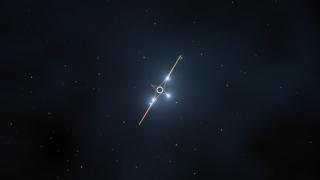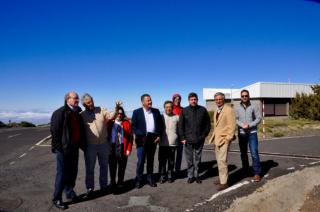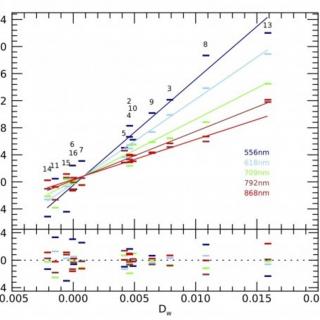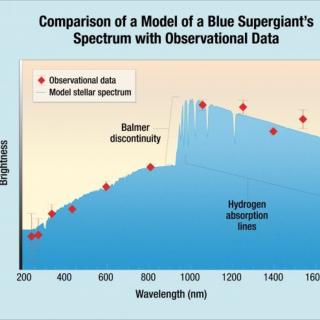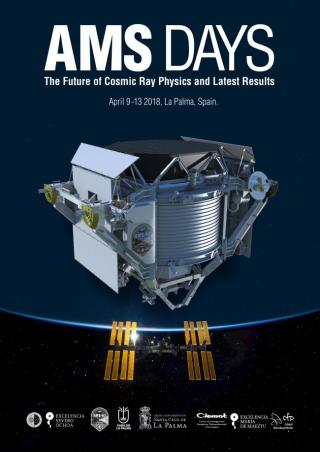
Santa Cruz de La Palma will host a debate on the results obtained by this high-energy instrumentin recent years and will add a fourth star in the Science Stars Walk (Paseo de las Estrellas de la Ciencia) in honour of Physics Nobel Laureate Samuel Ting.
Advertised on

